In Part 1 of this series, we learned why we can’t get enough of sugar and just how much we’re eating. In Part 2, we talked about the secret to cutting sugar cravings and having all-day energy, something most of us have struggled to do in the past.
Today, we’re going to take a closer look at artificial sweeteners, so we can get clear on why so many people are concerned about consuming them.
In the final post (yup, I had to add a Part 4!), we’ll focus on the best options for natural sweeteners. These are the types of sweeteners that I use in sweet treat recipes featured on my blog, so many of them will be familiar to you 🙂
After I finished my portion of the Sweet Confessions presentation, Dr. Chris D’Adamo, an epidemiologist and nutrition researcher, who serves as the director of research at the University of Maryland Center for Integrative Medicine, taught us all about the skinny on artificial and natural sweeteners.
He started off his talk explaining that the hormone insulin is secreted by the pancreas soon after the sweet taste is experienced on the tongue, whether the substance contains calories or not.
In other words, the body is fooled.
It expects glucose (energy!) to hit the bloodstream, but it gets none. This may result in increased appetite soon after.
So, despite our best efforts, when we’re ordering diet sodas, teas and juices, we’re not doing ourselves any favors.
As Dr. D’Adamo was presenting information about artificial and natural sweeteners, one of the phrases he said throughout his portion of the talk that I thought was key was this:
Keep that in mind as you read about these sweeteners.
Our goal is to minimize and, ideally, remove these artificial chemicals from our diet because they don’t support health, but Dr. D’Adamo stressed the importance of not letting an occasional ingestion make you feel like you’re doomed.
That’s not the goal!
He walked us through each of the most common artificial sweeteners and why we want to be aware of and concerned about them. For each sweetener, I’ve included what it is, where we often find it, and why it’s controversial.
Feel free to share this information with anyone you think would benefit!
Acesulfame Potassium (AKA Ace-K)
The Basics: FDA-approved in 1988 and 200 times sweeter than sugar.
Where to Find It: In thousands of products, including sodas, fruit juices, sports drinks, alcoholic beverages, dairy products, ice cream, desserts, gelatins, jams & jellies, baked goods, chewing gums, toothpaste, mouthwash, pharmaceuticals, yogurt, cereals, processed fruits & vegetables, salad dressings & sauces, condiments & relishes
The Controversy: Most safety testing was done in the 1970s but was poor quality. The mice studies haven’t been of sufficient length, and the minimum toxic dose and maximum tolerable dose haven’t been evaluated. Ace-K hasn’t been thoroughly tested in humans.
Two rat studies suggested that it might cause cancer. It was for those reasons that in 1996 the Center for Science in the Public Interest urged the FDA to require better testing before permitting ace-K in soft drinks. In addition, large doses of acetoacetamide, a breakdown product of ace-K, have been shown to affect the thyroid in rats, rabbits, and dogs.
Aspartame
The Basics: Discovered in 1965, it’s nearly calorie-free and about 200 times sweeter than sugar.
Where to Find It: Thousands of foods, including Nutrasweet, Equal, diet soda, “sugar-free” products, cereals, low-calorie drinks, etc.
The Controversy: The FDA concluded there was no conclusive evidence of human harm and approved it in 1981. Yet 75% of food additive-adverse events (the most common of which is headaches) reported to FDA are linked to aspartame.
The source of the information is super important. 100% of studies funded by aspartame manufacturers have found aspartame to be “safe” BUT 92% of independently-funded studies found that aspartame has adverse effects.
Yikes!
The health concerns linked to aspartame consumption are pretty unsettling:
- Triggers headaches
- Linked to formation of many cancers in rats (lifetime consumption more important than isolated, large dose intake)
- Linked to depression, insomnia, seizures, memory loss
- Induces DNA damage (when our DNA gets damaged, we’re at higher risk for premature aging and disease)
- Causes oxidative stress in the brain, which is associated with conditions of aging like Alzheimer’s
- Damages beneficial bacteria in our digestive system that keep us healthy
- Neurotoxic and carcinogenic
- Interferes with neurotransmitters, like dopamine (pleasure), serotonin (happiness), and norepinephrine (concentration/attention)
Because consumers have caught on to the dangers of aspartame, the food industry has been renaming it, so make sure you read your labels!
- “Neotame”: FDA-approved in 2002 and 13,000 times sweeter than sugar
- “Advantame”: FDA-approved in 2014 and 20,000 times sweeter than sugar (!)
For more info about aspartame and its impact on our health (so important to share with anyone drinking diet sodas or juices!), check out this free documentary on YouTube:
High Fructose Corn Syrup (HFCS)
The Basics: There’s a lot of controversy around this man-made liquid sweetener extracted from corn stalks that has been added to our food since the 1970s. Many have identified HFCS as one of the drivers of the obesity epidemic. It’s a very economic sweetener, about half the price of sugar. It tastes just like sugar, browns when heated and provides color in baked foods, thickens and stabilizes processed food and extends shelf life. It’s great for the food industry, but not so great for us.
Where to Find It: Soda, juices, salad dressings, bread, candy, ketchup, syrup, snack foods
The Controversy: The debate includes one group of people who advocate for banning HFCS entirely because of concerns about it being a poison to the body. The Corn Refiner’s Association argues that HFCS is “natural,” since it is originally derived from corn and, therefore, safe. But Robert Lustig and other researchers say, “It’s terrible, but so is all added sugar.”
HFCS consumption is concerning for the following reasons:
- Increased heart disease risk factors in young adults
- Increased weight among teens, especially with soda
- Contains mercury, which has been linked to permanent brain and kidney damage as well as impact on a developing fetus
- Metabolized in the liver and triggers the body to produce fats like triglycerides (fat in the blood) and cholesterol.
- Alters the production of appetite-related hormones that tell us when we’re hungry and when we’ve had enough to eat. This means fructose intake can lead to poor appetite control. Fructose has also been linked to increased triglycerides (fat in our blood) and VLDL (harmful cholesterol), two major risk factors for heart disease.
Fructose is also the primary sugar in fruit, but, unlike HFCS, the fructose in fruit is packaged in the presence of other nutrients like fiber, vitamins and minerals, and water, so our body responds to eating a handful of berries differently than drinking a can of Coke. Fructose is more concentrated in dried fruit, so pick fresh fruit as often as possible, especially berries, stone fruits (apricots, peaches, cherries), and citrus as your preferred fruits.
Are you concerned you might be consuming too much fructose? Ask your doctor to order a serum uric acid test. If you’re above 300 µmol/L (5 mg/dL), consider lowering fructose intake and retest. This test is also used to diagnose gout.
Saccharin
The Basics: Discovered in 1878 as a coal tar derivative (serious yuck), it’s nearly calorie-free and 300 times sweeter than sugar.
Where To Find It: Sweet ‘N Low, cookies and baked products (heat-stable), diet soda, jams and jellies, toothpaste
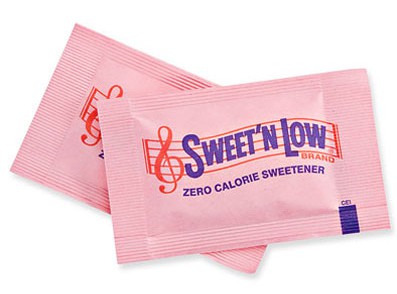
The Controversy: It’s been under scrutiny since it was introduced in the early 1900s. The main controversy was in 1972, when a study linked it to causing cancer in lab animals. The FDA removed the warning label in 2000 and removed it from the U.S. carcinogen list in 2010, but saccharin is still banned in Canada.
Other reasons for concern include:
- Increased risk of bladder cancer in humans
- Impaired recognition of calorie-containing sweets, which leads to increased appetite, overeating, binge eating, weight gain, and body fat increase
Sucralose
The Basics: FDA-approved in 1998 and 600 times sweeter than sugar. Its claim is that it’s “Made from sugar, so it tastes like sugar.” It’s often used interchangeably with “Splenda,” but they’re not the same thing. Sucralose itself is essentially calorie-free, but 99% of Splenda packets contain dextrose and maltodextrin, which are sugars that negatively impact our blood sugar. So, technically, Splenda is not calorie-free or sugar-free.
Where to Find It: Splenda, foods with Splenda label, baked goods, sugar-free candy, chewing gum, diet soda, low-sugar nutrition/snack bars, pharmaceuticals

The Controversy: Since it’s one of the newer sweeteners to hit the market, it doesn’t have many human studies and there are no long-term human studies. In a Splenda-manufacturer-funded study, which reviewed over 100 studies, the FDA determined no conclusive evidence of human harm.
Here are some of the reasons you may want to think twice about that yellow packet:
- Elevates blood sugar and the hormone insulin
- Damages important “gut” bacteria and is associated with weight gain
- Involved in Inflammatory Bowel Disease (including Crohn’s and Ulcerative Colitis)
- Trigger for migraine headaches
Sugar Alcohols
The Basics: Occur naturally in some fruits. On the label as maltitol, erythritol, xylitol, sorbitol, mannitol, isomalt, etc.
Where to Find Them: Sugar-free candies, chewing gum, low-carb & diabetic-marketed foods, baked goods, toothpaste, etc.
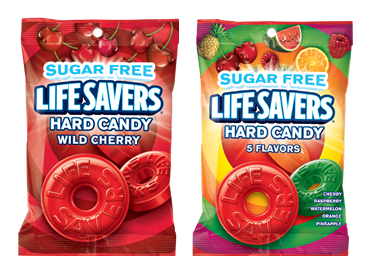
The Controversy: Overall, they are less risky than artificial sweeteners, but often have laxative effects. Most increase blood sugar and may damage gut bacteria that’s essential for optimal health.
The best options for sugar alcohols are erythritol (no impact on blood sugar and only 60% as sweet as sugar) and xylitol (inhibits oral bacteria growth, protects against cavities BUT is lethal to dogs in small amounts). Make sure you check labels because they are often combined with other more harmful artificial sweeteners.

In the fourth and final post of this series, we’ll take a look at natural sweeteners, which ones are the best choices, and why. I learned a lot and know you will, too 🙂
Resources to Learn More About Artificial Sweeteners
- Chemical Cuisine (search by ingredient for safety online or on the free app!)
- Sugar & Sweetener Guide (website)
- Sweet Deception (book)
- Sweet Misery (documentary)
- While Science Sleeps (book, audio book)
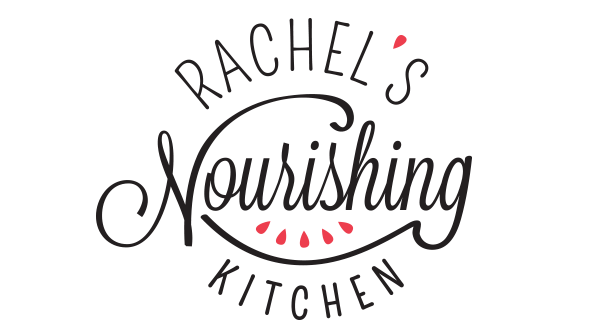

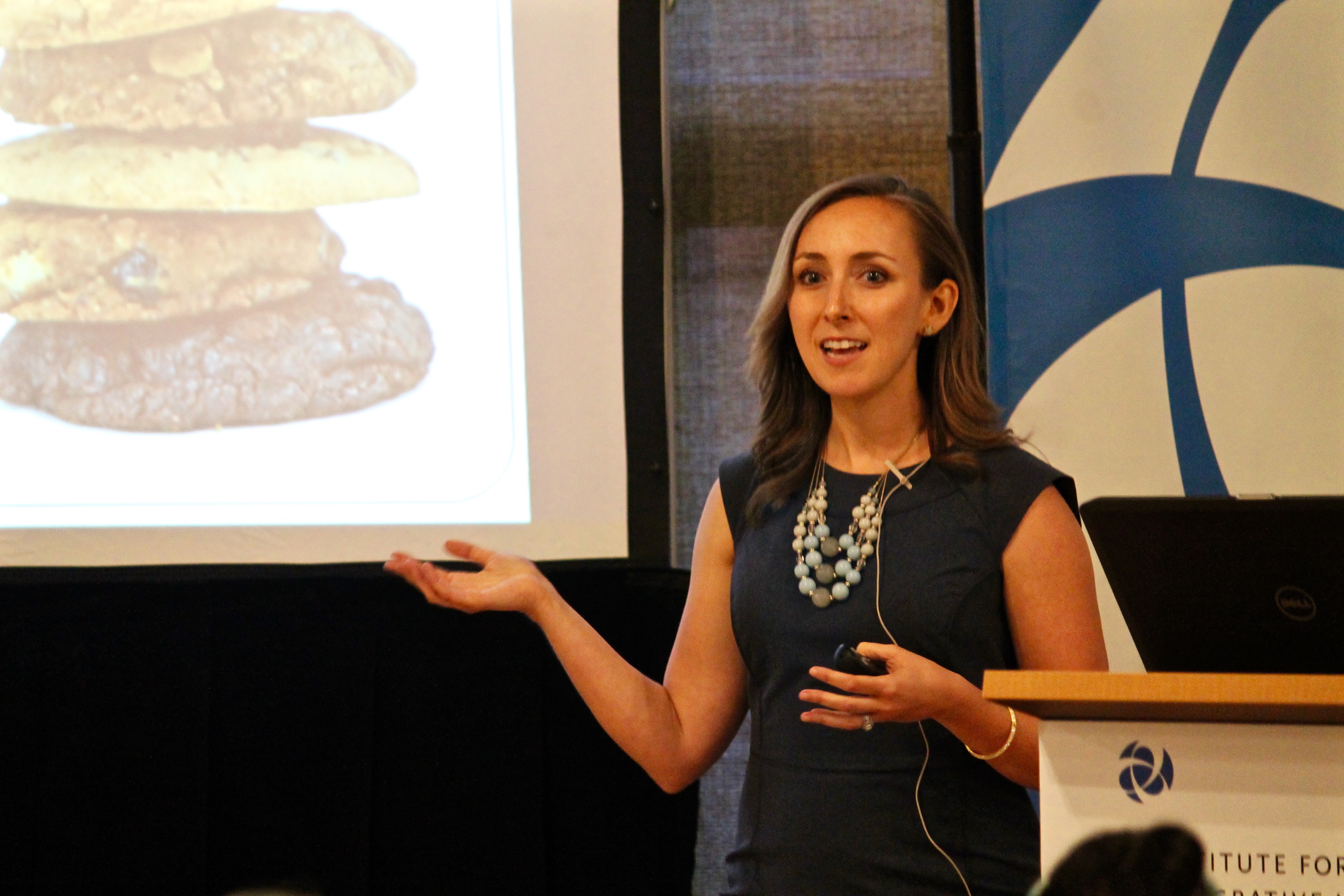
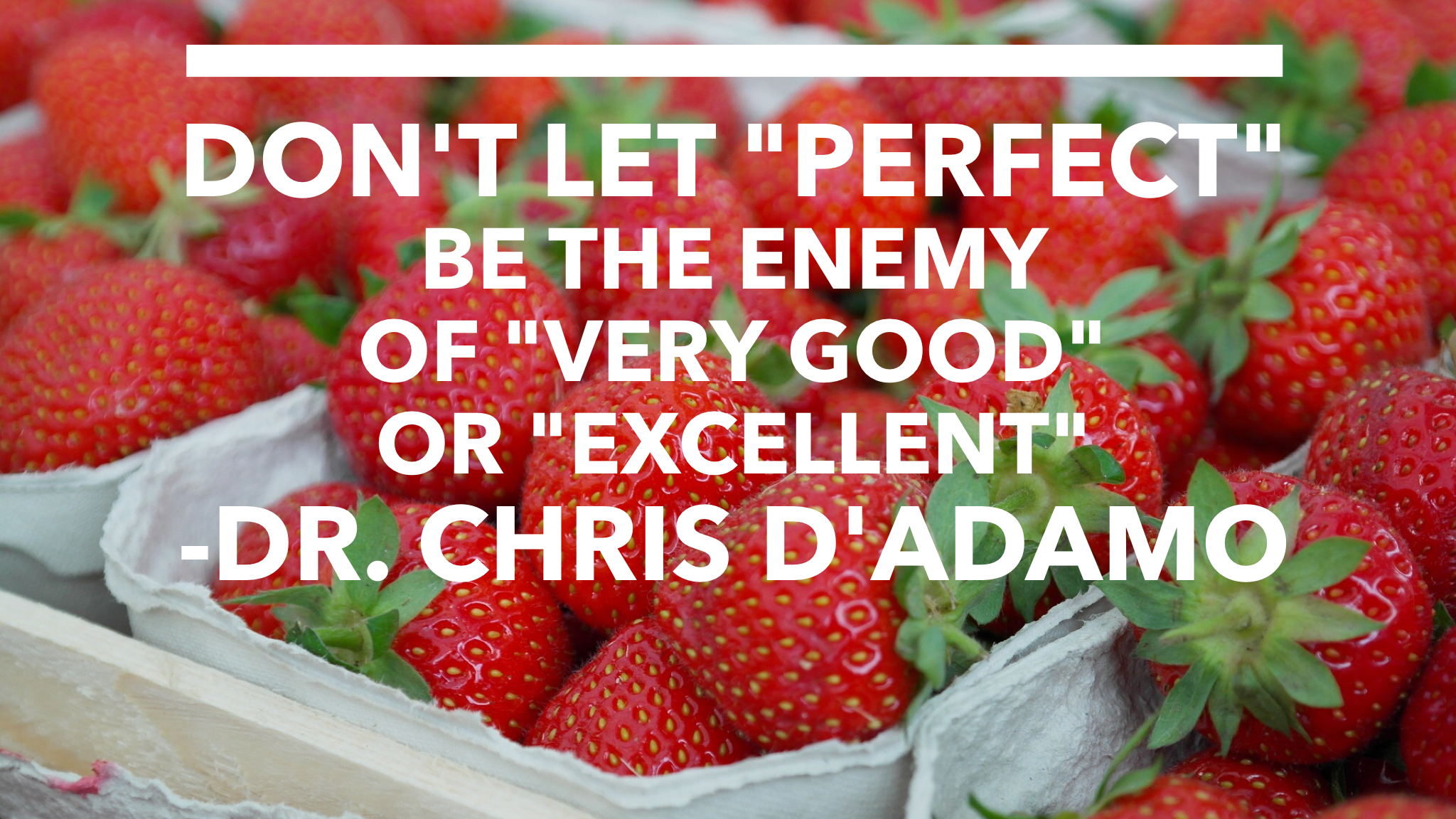


Kayla
Very interesting post, can’t wait for the next one!
racheldruck
Thanks, Kayla! Check out Post 2 if you haven’t already, too. It’s about how to cut sugar cravings and eat for all day energy 🙂 Post 4 is coming tomorrow!